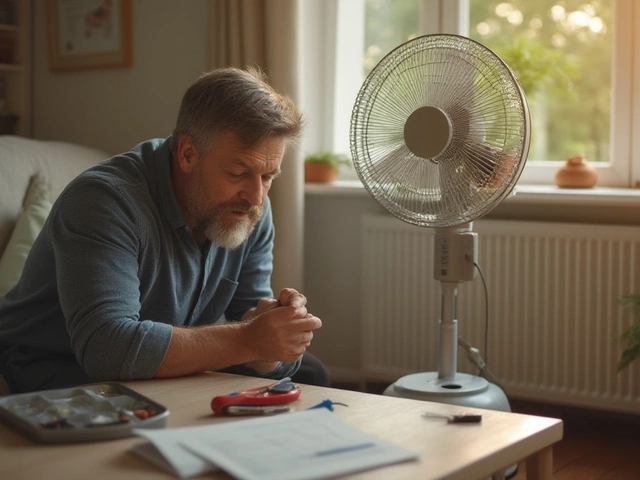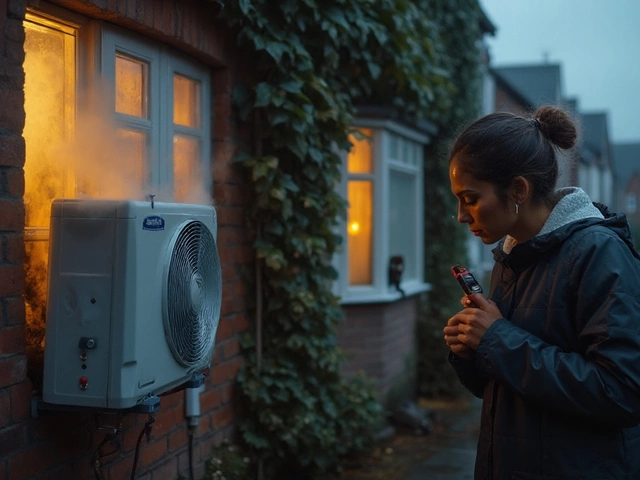Fixing a Water Heater That Keeps Tripping
March 26 2025Pressure Cooker Maintenance: Simple Steps for Safe, Reliable Cooking
Did you know a dirty pressure cooker can lose pressure, overcook food, and even become a safety hazard? Keeping your cooker in top shape doesn’t have to be a chore. With a few easy habits you can avoid costly repairs and keep every meal perfect.
Cleaning and Descaling
After each use, let the cooker cool, then wash the inner pot with warm, soapy water. For hard water spots, fill the pot with equal parts water and white vinegar, bring it to a boil, and let it sit for 15 minutes. Rinse thoroughly and dry with a clean cloth. This removes mineral buildup that can affect pressure readings.
Inspecting Seals and Safety Valves
The rubber gasket is the heart of the seal. Check it for cracks, tears, or stiffness before every cook. If it feels hard or shows discoloration, replace it – they’re cheap and widely available. The safety valve should move freely; clear any food particles with a soft brush and test its pop‑off action by turning the cooker upside down over a sink.
Don’t forget the pressure regulator. Scrape off any residue, then run a quick test: lock the lid, bring water to pressure, and watch the regulator release steam at the correct pressure level. If it sticks or leaks, it’s time for a new regulator.
When storing the cooker, keep the lid off and the gasket placed flat to prevent warping. Store the regulator in a small zip‑lock bag to keep dust out. This simple step prolongs the life of the sealing system and stops unpleasant odors.
Seasoning the interior can help if you use the cooker for browning. Lightly coat the bottom with a drizzle of oil before heating; this creates a barrier that makes cleaning easier later. Just wipe away excess oil once the cooker cools.
If you notice any rattling noises during cooking, stop immediately and re‑check the lid lock and valve alignment. rattling often means the lid isn’t fully sealed, which can cause dangerous pressure loss.
For yearly upkeep, give the whole unit a deep clean. Disassemble the lid, remove the gasket, regulator, and any removable parts. Soak them in warm soapy water, rinse, and let them dry completely before re‑assembly. This removes hidden grime that daily wipes can miss.
Finally, keep the user manual handy. It contains model‑specific pressure settings, recommended gasket replacement intervals, and troubleshooting tips you won’t find elsewhere. A quick glance at the guide can save you hours of guesswork.
By following these straightforward maintenance habits, your pressure cooker will stay safe, efficient, and ready for any recipe you throw at it. Happy cooking!
 8 Aug
8 Aug
How Long Do Pressure Cookers Last? Expert Advice and Lifespan Tips
How long do pressure cookers last? We break down what affects their lifespan, give honest maintenance tips, and share when to replace your cooker for safety.
Read More...



